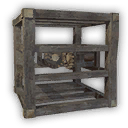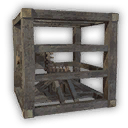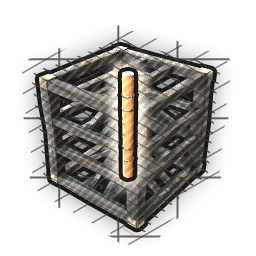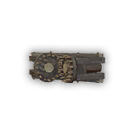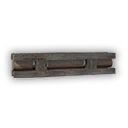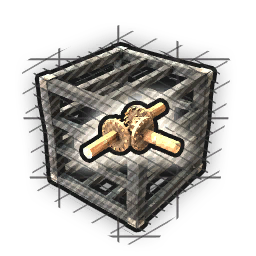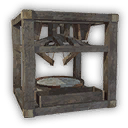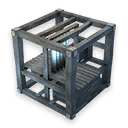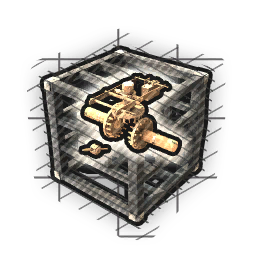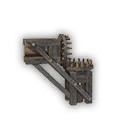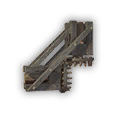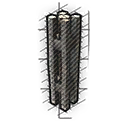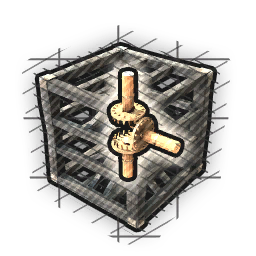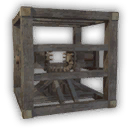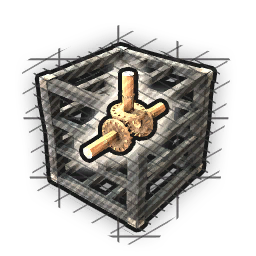Category:Mechanical Blocks: Difference between revisions
CptTwinkie (talk | contribs) mNo edit summary |
CptTwinkie (talk | contribs) mNo edit summary |
||
| Line 21: | Line 21: | ||
{{Cat_Image|TransmissionVertical.png|Vertical Mechanical Shaft}} | {{Cat_Image|TransmissionVertical.png|Vertical Mechanical Shaft}} | ||
{{Cat_Image|TransmissionTVerticalForwardWithFrame.png|Vertical Mechanical Split}} | {{Cat_Image|TransmissionTVerticalForwardWithFrame.png|Vertical Mechanical Split}} | ||
{{Cat_Image| | {{Cat_Image|TransmissionTDownWithFrame0.6.png|Vertical Mechanical Split, Down}} | ||
{{Cat_Image|TransmissionTUpWithFrame.png|Vertical Mechanical Split, Up | {{Cat_Image|TransmissionTUpWithFrame.png|Vertical Mechanical Split, Up | ||
}} | }} | ||
[[Category:Blocks]] | [[Category:Blocks]] | ||
Revision as of 21:09, 5 July 2022
The Mechanical Blocks category lists pages that detail the mechanical systems available in Medieval Engineers and how they can be used.
Mechanical blocks are a system of blocks that use kinematic animations to simulate the transfer and use of mechanical power. Starting from a Power Source block, you can expand a mechanical system using Transmissions and Switches to relay power to sink blocks. These Power Sink blocks use the power to do work in the form of crafting. Sink blocks use Toolheads to determine the Products that are crafted.
Each block added to the mechanical system increases the friction of the system. Straight shafts add the least amount of friction, joints add more friction than shafts, and power sinks add the most friction because they are performing work with the energy of the system. As the friction increases the system will slow down. If you keep adding blocks it will eventually stop. If this happens, you can add additional power sources to overcome the friction or optimize your system to reduce the friction.
Subcategories
This category has the following 5 subcategories, out of 5 total.
Pages in category "Mechanical Blocks"
The following 19 pages are in this category, out of 19 total.
